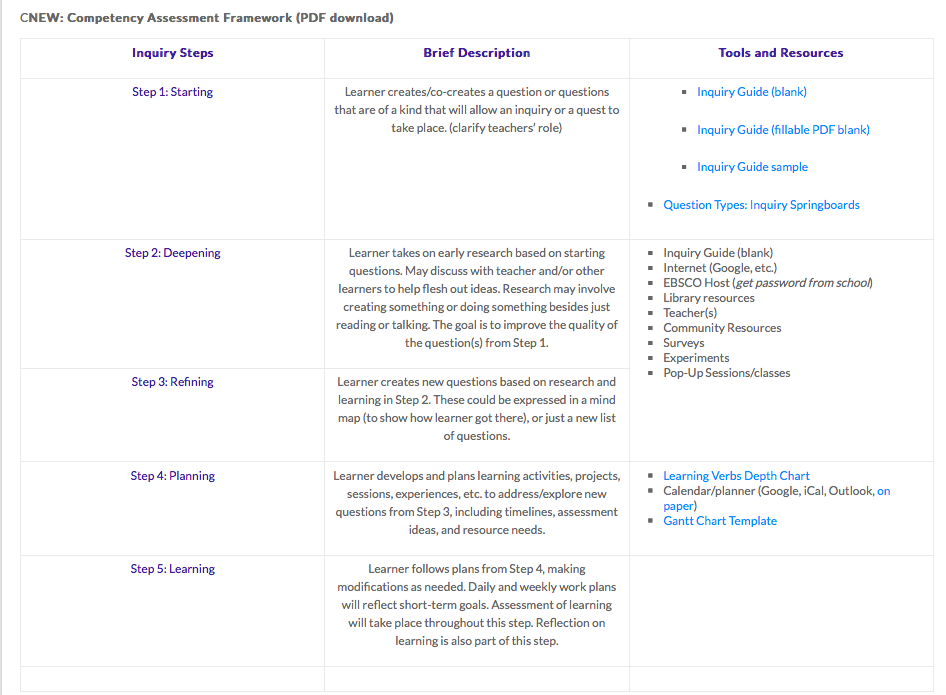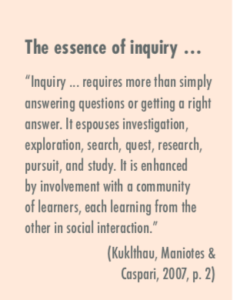https://taoyuchen.opened.ca/interactive-learning-resource-revise/
Hello Pod 6,
Great subject of Impulse Purchase Behaviour!
I like the diverse activities used (basic knowledge acquiring, role play, exit ticket and peer review writing posts). Using role play allows students to further understand and engage in the material. As such I think that this activity support diverse learners needs. In regard to the textbook that will be used I am wondering if you have a particular textbook in mind, if so, does this textbook have alternatives for students with exceptionalities? I know you talked about audio in the final paragraphs, but I am wondering about other exceptionalities too such as visual aids… Also, I like the idea of using Facebook as a platform to convey their learning, however I am curious on what the privacy and concerns could be related to doing this? Furthermore, having an exit ticket is a great way to check understanding and I would love to see an example of what would be included on this exit ticket, as I believe it can be a powerful learning device.
Rationale:
Great opening sentence about how teaching is “not simply presenting knowledge but to let them learn knowledge effectively.” This is crucial as you are addressing how we need to let them learn and in order to do so we need to provide the necessary tools! The relationship to cognitive theories is clear around the use of the textbook! I particularly enjoyed the point of connecting personal experiences as I believe personal experience supports understanding. I found the peer sharing activity 4 also beneficial as it supports collaboration and learning from others. I am wondering in regard to the final writing task if there could be an option to draw or communicate learning in a different format? Many of your activities use both personal experience and exchange ideas with peers which further supports learning. Under the constructivism approach you effectively address how students will learn to critical think and make decisions by forming assumptions about their chosen advertisement. This is a valid point and challenges students to address assumptions a pre-conceived stereotype, for example. I appreciate how you further elaborate on the importance of interests as this puts the learner at the center of their learning and how later on you further contrast this with traditional teaching. You also mention hands on learning, I am not sure if I understand how this approach will be relevant in your learning resource, but I think it is a great idea! Amazing quote by Younker (2020), I am a firm believer in inquiry, and I think guiding is a key concept for this method as you mention. I am curious if you looked into what type of inquiry your learning design can foster? For example is it a guided inquiry, free inquiry etc. Rebecca Bathurst Hunt and Trevor Mackenzie have a great diagram to further describe these! If a student after section one does not seem engaged or curious about the subject, I am interested how or what options would be available to that learner?
Learning context
I think this topic is appropriate and useful subject for the desired target audience of college and university students. I am wondering how many students your intent for each activity and how you plan to deliver these (centers, tasks etc)? In regard to the second paragraph under that subject, I am wondering if you can generalize a bit less. From my understanding, I feel like you are saying all students have basic reading and writing, although this is true for almost all cases I think it would be beneficial to consider those who may have an impairment such as no hands for example how are they categorized within this statement of basic ability to write… I also believe that using the internet can cause barriers to all so saying that it will not pose a problem may not always be the case. I think these are great ideas and reasons to why higher education students are the audience; however, I do believe that it is important to be mindful of all circumstances. That could just be a misunderstanding on my part but would love for that to be clearer and more inclusive to all needs.
Learning outcomes
Very clear outcomes! I would maybe consider adding one for the section 1 activity as I think you mentioned it earlier but did not add it here. Could it be along the lines of students will gain more insight and interest of the subject through an introduction activity where they will learn from a textbook.
Assessment plan
Very clear and concise opening sentence. I like how you address that assessment. This ensures “learners have the information they need to meet the learning outcomes.” Great Idea to include formative and summative assessment! I love how you acknowledge that formative assessment supports the learning journey and how the true or false questionnaire is for learning purposes and not assessment. This is empowering as it allows learners to make mistakes and check understanding, quality statement.
I like how the summative assessment includes both the instructor and other students. As this allows for peer learning and collaboration. All opinions are valuable, and it is great that your learning design provides that option.
Inclusion of diverse learners
You effectively address the need of your two chosen exceptionalities (ESL and loss of hearing). You address loss of hearing obviously there are different extents to this, however sometimes talking is not clear as they cannot hear themselves (def or near def community). I am wondering if there is a different application that may further benefit this group and that all students can use as well! Great idea around using subtitles! Great tools to support ESL students! I like how you address the purpose behind the chosen 200 words great way to back up the claim. Some may have privacy concerns with uploading a video to Youtube, what are your thoughts around this potential issue?
Technology
“The best method to help learners to learn is to find out what they want to learn and use the method they prefer to guide them.” What an empowering way to communicate the effectiveness of learning. Well thought out connection to learning audience and technology/internet! Perfect example of an alternative (audio) around the textbook. I really value the idea of using videos as I think this supports the diversity of learners and it allows all students to review much like you said. Thoughtful connection to Paskevicius and Irvine and your intents with your learning design.
All in all, I think you effectively created a useful and well thought out learning resource! I had so much fun reading and learning alongside your work! Wish you all the best! Good work!




Recent Comments